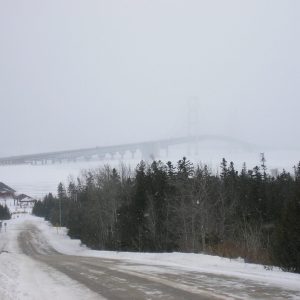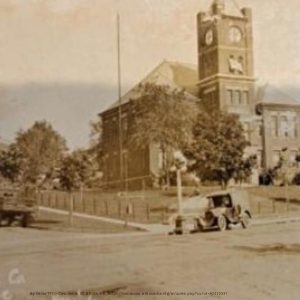Northern Michigan has a rich and fascinating history, and May has seen its fair share of momentous events. From groundbreaking legal changes to major explorations and historic shipwrecks, these stories offer a glimpse into the past of the Great Lakes State. Here are some key events that happened in Michigan on this day in May. May in Northern Michigan History May 1, 1918 – Michigan Voters Approve Prohibition On this day in history, May 1, 1918, Michigan officially went dry—two years before national prohibition took effect. But banning alcohol didn’t mean people stopped drinking. Instead, speakeasies flourished and bootlegging became… Read More »













